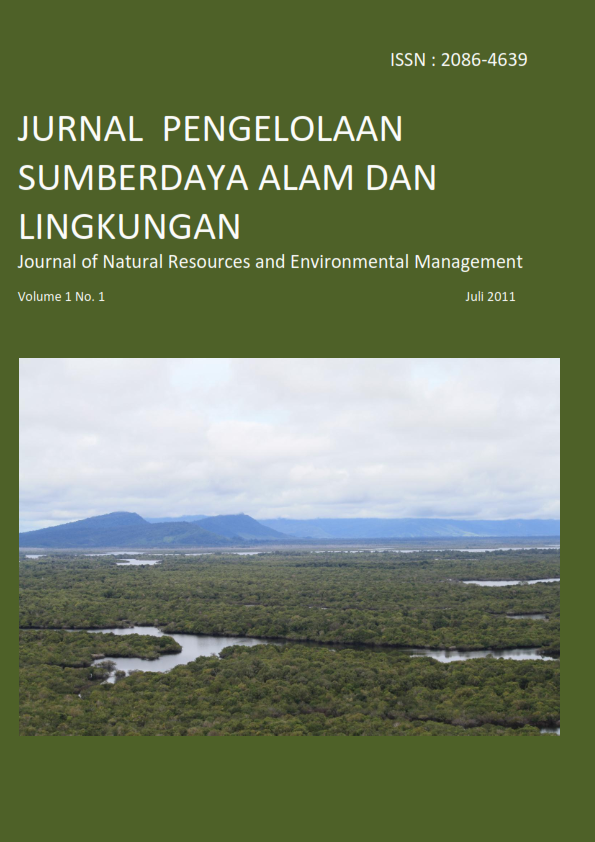PERENCANAAN PARIWISATA DI PULAU KERA KABUPATEN KUPANG PROVINSI NUSA TENGGARA TIMUR
Abstract
Tourism is one of development sector that can develop in the small Island. Kera Island is a part of Kupang Bay Natural Sea Tour in Nusa Tenggara Province. Tourism planning in Kera Island is a part of suistenable development strategi which developed with ecotourism. The research had been conducted in Kera Island, Kupang Regency, NTT Province for six months (July, 2005 and February-July 2006). Aim of this researct was to know the carakteristic of Kera Island characteristic for tourism planning. The result of this research is Kera Island has potensial environment for tourism. The Coastal of Kera Island had two Plant comunities. There were pest-caprae (Ipomea pes-caprae) and Barringtonia (Barringtonia spp.), whice made six type of their assosiation. They are Ipomoea pes-caprae and Spinifex littoreus (4,56 ha), Ischaemum muticum (14,37 ha), Andropogon halepense (6,37 ha), Sterculia sp. (10,29 ha), Sesbania grandiflora (7,57 ha), and Sporobolus sp. (2,01). Some tour attraction in Kera Island are sun bathing, tracking, camping, eduacation tour, and relegius tour. According to carring capacity analized, the beach of Kera Island would visited 39-210 person for deluxe klas. Camping area and Bajo traditional house or Timor traditional house are the first acomodation alternatif in the Kera Island tourism planning. Both of camping area and traditional house would take place in Iscaemum muticum area, Sterculia sp. area, and Andropogon halepense area. The reson of its statement is small size of Kera Island (48 ha). The strategy for community development are sea weeds aquaculture programe and in formal tourism education programe.
Key words: ecotourism, carring capacity, traditional house, comunnity development
Authors
Authors who publish with this journal agree to the following terms:
- Authors retain copyright and grant the journal right of first publication with the work simultaneously licensed under a Creative Commons Attribution License that allows others to share the work with an acknowledgement of the work's authorship and initial publication in this journal.
- Authors are able to enter into separate, additional contractual arrangements for the non-exclusive distribution of the journal's published version of the work (e.g., post it to an institutional repository or publish it in a book), with an acknowledgement of its initial publication in this journal.
- Authors are permitted and encouraged to post their work online (e.g., in institutional repositories or on their website) prior to and during the submission process, as it can lead to productive exchanges, as well as earlier and greater citation of published work (See The Effect of Open Access).






